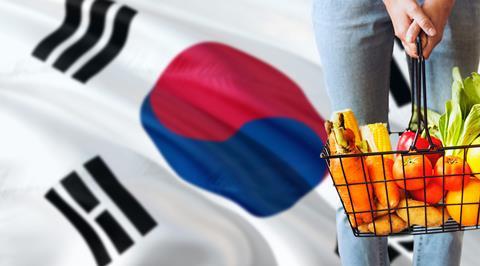High per capita consumption of fruit and vegetables makes this an attractive market for Chilean exporters
Chile has sent more than 17,000 tonnes of fruit to South Korea so far in the 2024/25 season, an almost 57 per cent increase on the same period last year.

According to Miguel Canala-Echeverría, general manager of Frutas de Chile, South Korea is an interesting market within Asia for the country’s fruit export sector and one that the sector is keen to develop further.
“Until January, South Korea is ranked as the second destination in Asia for our fruits, and the ninth globally. It is an interesting market not only because of the number of potential consumers, which exceeds 51mn, but also because they have a per capita consumption of 55kg of fruit,” he said.
“In fact, almost 100 per cent of the Korean population consumes fruits and vegetables daily, their favourite fruits being apples, strawberries, citrus, cherries, grapes and kiwifruit, which opens up a great opportunity for us to supply this market in the off-season.”
Chile is currently in negotiations to update its Free Trade Agreement with South Korea, part of which involves reducing tariffs on oranges and table grapes. This would put Chile on a level playing field with other suppliers.
South Korea is the 12th largest economy in the world by GDP volume and the 29th in relation to population. Despite the fact that fruit consumption has decreased by almost 20 per cent in the last 15 years, due to the shortage of supply and the rise in prices, it continues to be a large consumer of these products compared to other countries in the world.
Another attractive characteristic of the South Korean market is the makeup of its population. Around 70 per cent is under 40 years old, and often goes abroad to study, encouraging them to adopt more Western fashions and consumption habits.



